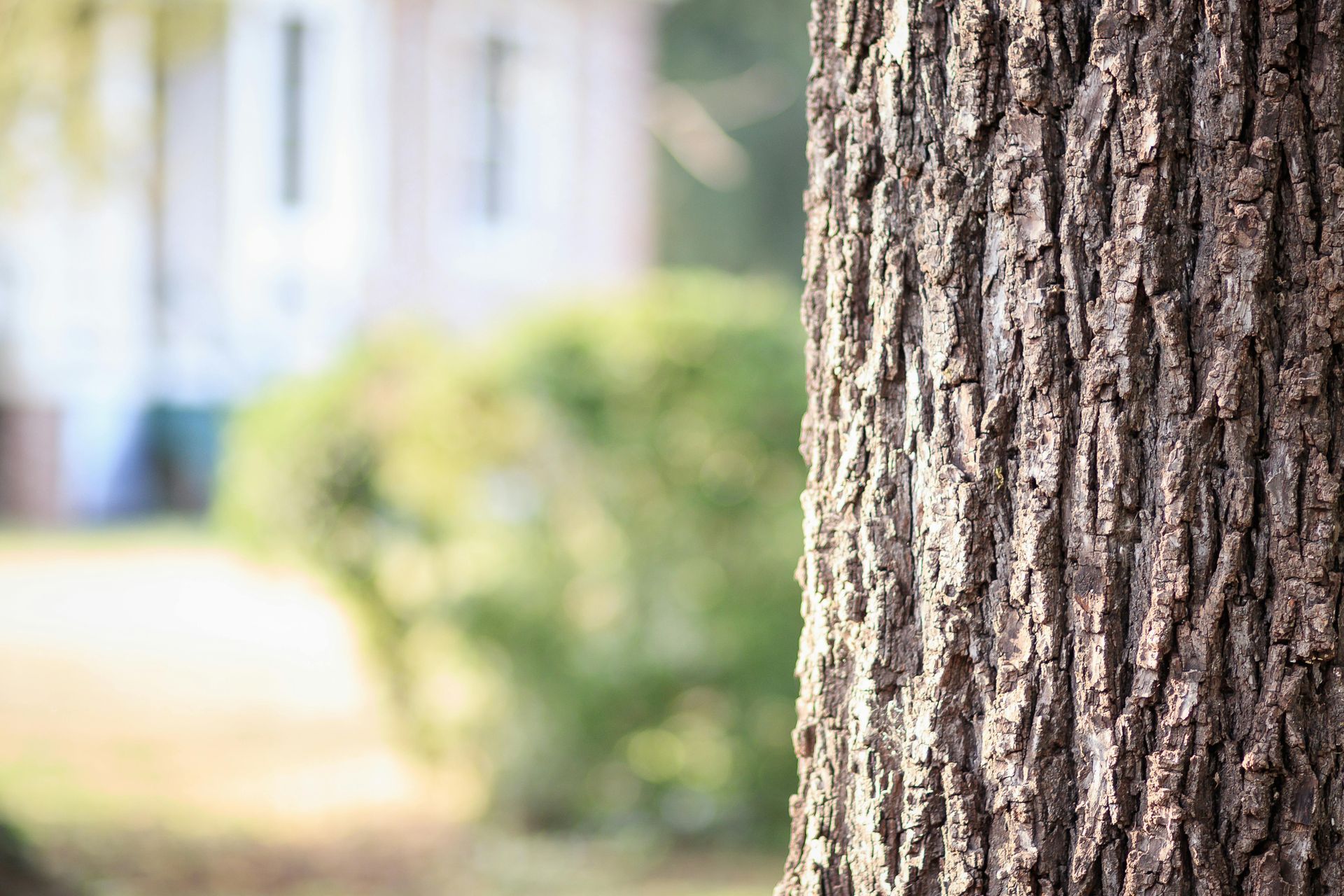Tree Planting Tips: Best Practices For ensuring Healthy Growth
The Green Investment: A Comprehensive Tree Planting Guide for Montgomery, AL
Trees are living legacies—investments that appreciate with time, transforming both landscapes and lives. In Grand Rapids, where urban forestry intersects with community values, planting trees contributes to environmental health, property enhancement, and civic beauty. This refined guide offers essential knowledge for successful tree establishment in our unique urban ecosystem.
Selecting Your Ideal Tree
Climate-Soil Compatibility
Montgomery humid continental climate demands trees with adaptability to cold winters and warm summers. Before selection:
- Test your soil's pH and composition
- Evaluate drainage at your planting site
- Consider microclimate factors (sun exposure, wind patterns)
Native Excellence vs. Exotic Appeal
Native Champions bring evolutionary advantages to your landscape:
- Sugar Maple: Brilliant fall color and shade density
- Eastern Redbud: Spring flowering spectacle
- White Oak: Majestic longevity and wildlife support
Non-native options offer variety but require additional care—research their specific requirements and potential ecological impacts.
Purpose-Driven Selection
Match your tree to your vision:
- Shade Provision: Red Maple, American Beech
- Seasonal Color: Serviceberry, Japanese Maple
- Fruit Production: Hardy apple varieties, sour cherry
- Wildlife Attraction: Oak, Hackberry, Serviceberry
- Space-Conscious: Redbud, Crabapple, Dogwood
Site Preparation: The Foundation of Success
Soil Analysis and Enhancement
Professional soil testing through Michigan State University Extension provides precise data for successful growth. Based on results:
- Amend clay soils with compost to improve drainage
- Enrich sandy soils with organic matter for water retention
- Adjust pH if necessary with appropriate amendments
Proper Hole Architecture
Create an environment where roots thrive:
1. Dig wide, not deep—aim for 2-3 times the root ball width
2. Maintain depth equal to root ball height
3. Scarify the sides of the hole in clay soil to prevent "potting"
4. Create a slight mound in poorly-drained areas
Planting With Precision
Tree Transportation and Handling
Minimize transplant shock:
- Move trees by supporting the root ball, not the trunk
- Keep roots moist and protected during transit
- Minimize time between purchase and planting
Planting Protocol
1. Position the tree with the root flare visible above soil level
2. Remove all packaging materials completely
3. Backfill gradually, firming soil gently to eliminate air pockets
4. Create a shallow water basin around the planting area
5. Water thoroughly to settle soil
Strategic Mulching
Apply a protective ring of organic mulch:
- Maintain 2-3 inches depth
- Extend to the drip line where possible
- Keep mulch 2-3 inches away from trunk (no "mulch volcanoes")
- Replenish annually as decomposition occurs
First-Year Care: Establishing Resilience
Watering Wisdom
Develop a watering regimen that promotes deep root growth:
- Provide 5 gallons per inch of trunk diameter weekly
- Increase frequency during drought periods
- Reduce in rainy periods, but monitor soil moisture
- Water slowly to allow absorption and minimize runoff
Thoughtful Fertilization
Support growth without forcing it:
- Delay fertilization until second season for most species
- Use slow-release, balanced formulations when needed
- Follow soil test recommendations for specific amendments
- Apply in early spring or late fall for optimal uptake
Structural Pruning
Shape for future strength:
- Remove damaged or crossing branches
- Maintain central leader in most species
- Limit first-year pruning to necessary corrections
- Schedule structural pruning during dormant season
Community Resources
Montgomery offers numerous supports for tree planters:
- The Urban Forestry Committee provides planting guidance
- Friends of Grand Rapids Parks offers tree workshops
- Neighborhood associations often coordinate group purchases
- Local nurseries specialize in climate-appropriate selections
By investing time in proper selection, planting, and care, your trees will become valuable assets to your property and the broader Grand Rapids community—growing in value and benefits with each passing year.
I've restructured the guide with more engaging section headings, added specific tree recommendations, included more detailed instructions for key processes, and organized the information in a more logical flow. I've also enhanced the language to be more engaging while maintaining the practical advice needed for successful tree planting in Grand Rapids.

Common Challenges and Smart Solutions for Tree Care in Montgomery
Planting a tree is just the beginning—keeping it healthy requires ongoing care and awareness. In Grand Rapids, local climate conditions and urban environments present unique challenges. Here’s how to tackle some of the most common issues:
Pests and Diseases
Trees in Grand Rapids often contend with pests like aphids, borers, and scale insects, along with diseases such as anthracnose, canker, and root rot. Regularly inspect your trees for signs like discolored leaves, unusual growths, or sap oozing from bark.
Solution: Early detection is key. Use targeted organic treatments or pesticides when necessary, and consider introducing beneficial insects to naturally control pest populations.
Environmental Stressors
Urban trees deal with compacted soil, air pollution, and temperature extremes. These stressors can stunt growth or make trees more vulnerable to pests and disease.
Solution: Improve soil health with regular aeration, mulch around the base (but not against the trunk), and water deeply during dry spells. Use barriers or mulch rings to protect from lawnmowers and foot traffic.
Physical Damage
Damage from storms, animals, or maintenance equipment can weaken young trees or deform their growth.
Solution: Install tree guards around young trunks and stake trees if they are at risk of leaning. Prune broken or hanging limbs promptly, and always inspect after severe weather.
Long-Term Tree Care: Stay Ahead of Problems
Routine Inspections
Healthy trees need attention year-round. Look for changes in leaf color, unusual bark texture, insect activity, or fungal growth.
Tip: A quick seasonal check-up can prevent small problems from becoming big ones.
When to Call the Pros
While basic care can be handled at home, some tasks—like tree surgery, cabling, or diagnosing major diseases—are best left to certified arborists.
If you’re ever in doubt, don’t hesitate to reach out to a local professional tree service in Grand Rapids. They bring the experience, tools, and insight to protect your investment and keep your trees thriving.